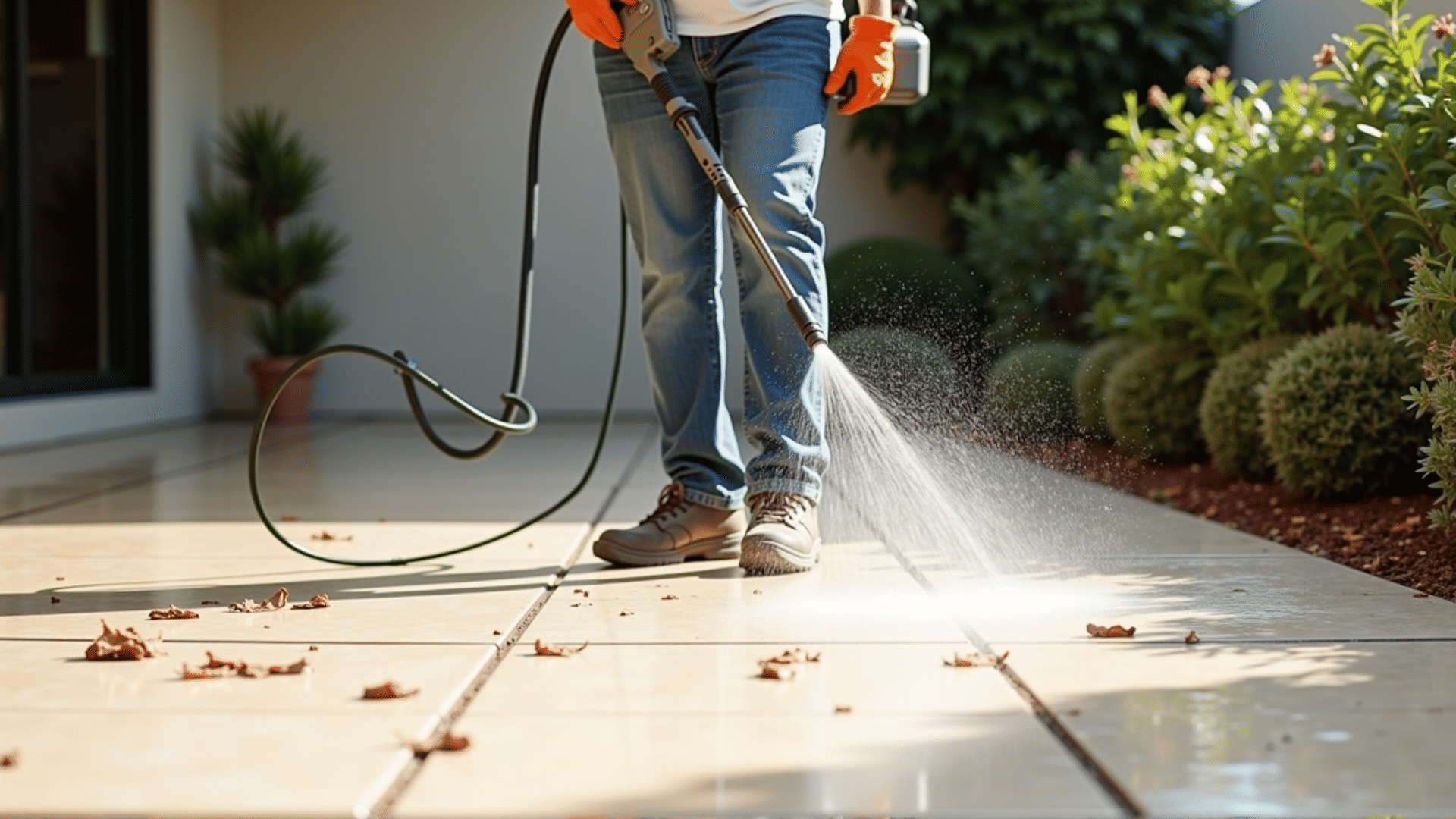When it comes to reviving outdoor spaces, pressure washing stands out as an effective method for restoring surfaces with minimal water use. Whether you're sprucing up your driveway, deck, or garden furniture, knowing how to utilize this tool can make a significant difference.
Choosing the Right Equipment
Firstly, selecting the appropriate pressure washer is crucial. Different surfaces require different power levels, typically measured in pounds per square inch (PSI). For delicate surfaces like wood, a PSI between 500 and 2,000 is usually sufficient, while concrete or brick may require a PSI of up to 3,000. Be sure to read the manufacturer's guidelines for specific recommendations.
Optimal Techniques for Efficiency
Before starting, clear the area of any items or debris. This not only protects them from potential damage but also provides unobstructed access to the surface you intend to clean. Begin from the highest part of the surface, moving downward to avoid streaks. Using a sweeping motion while maintaining a consistent distance from the surface ensures even cleaning.
Water Conservation Tips
Pressure washing is naturally more water-efficient compared to traditional hose cleaning due to its high pressure. However, you can further conserve water by using a nozzle that offers precision, allowing you to target specific areas rather than widespread spraying. Additionally, employing cleaning agents designed for pressure washers can enhance cleaning results, meaning less water and time are necessary to achieve a spotless finish.
Safety Precautions
Safety should always be a priority. Wear protective gear such as goggles and gloves to shield against debris and accidental sprays. Maintain a stable stance to prevent loss of balance due to the force of the water. Always be mindful of electrical outlets and avoid direct contact, as water and electricity can be a hazardous combination.
Routine Maintenance
To keep your pressure washer running effectively, regular maintenance is essential. This includes checking hoses and connections for any leaks, cleaning filters, and running water through the machine without a nozzle to clear any residual buildup.
By understanding these best practices and safety measures, pressure washing can transform your outdoor spaces quickly and efficiently. Not only will this approach leave surfaces looking rejuvenated, but it also supports water conservation efforts, aligning with environmental responsibility.
